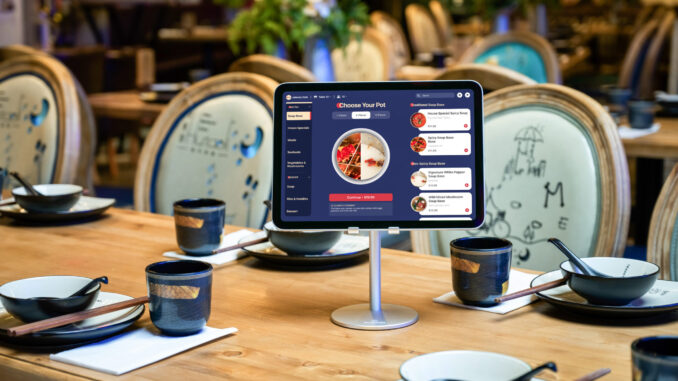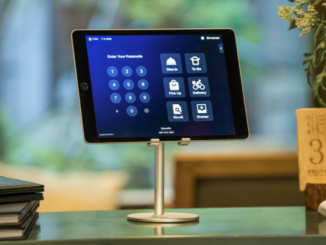
By Orit Naomi - RTN staff writer - 3.28.2025
MenuSifu, a U.S.-based restaurant technology company with a strong foothold among Asian restaurants, has announced the close of a $40 million Series B funding round. Investors in the round include Challenjers Capital, Enlight Growth Partners, Lingfeng Capital, Amino Capital, and Grandview VC. The company says the funding will support ongoing innovation in automation, artificial intelligence, and fintech solutions aimed at improving operational efficiency for restaurant operators.
Founded in 2013 by William Wang and Yu Li, MenuSifu began as a point-of-sale (POS) provider tailored primarily to the needs of Chinese and other Asian restaurants in North America. Over the past decade, the company has expanded its offering and customer base, positioning itself as a broader restaurant technology platform. According to the company, it now serves more than 15,000 restaurants across all 50 U.S. states.
MenuSifu attributes much of its growth to the pain points faced by restaurant operators, including labor shortages, rising operational costs, and the complexity of managing multiple, disconnected systems for front-of-house and back-of-house functions. Its integrated platform includes POS, online ordering, payments, marketing, and consulting services. MenuSifu also offers ancillary products and services under different brand names, such as UsezPay for payments, EZ Capital for financing, and MealKeyway for online engagement.
In recent years, MenuSifu has introduced what it refers to as a “1+2+4+N” framework—a reference to a central POS system, two layers of automation (front and back of house), four core solution areas, and a variable number of customizable add-ons. The company claims these tools have helped clients reduce operational costs by 20% and improve efficiency by more than a third, although independent validation of these figures is not readily available.
MenuSifu’s recent expansion has not gone unnoticed. It claims an annual growth rate of 142% since 2022 and maintains it is the top POS provider for Asian restaurants in North America. According to founder William Wang, much of the company’s motivation stems from its focus on immigrant-owned businesses and its aim to “empower restaurants through technological innovation.”
MenuSifu’s traction reflects broader trends in the restaurant technology market, where demand for integrated, cloud-based platforms has surged. The company’s longer-term strategy appears to include expansion into new restaurant segments and global markets, with plans to increase investment in AI-driven kitchen automation and smart beverage technology. Additional emphasis is being placed on fintech capabilities, including business credit and other financial services tailored to restaurant clients. These efforts mirror moves by other players in the space—such as Toast, Square, and SpotOn—who are also seeking to become end-to-end platforms for restaurant management.
While MenuSifu has focused largely on the Asian restaurant segment, its future success may depend on whether it can scale and tailor its offerings to meet the needs of a broader demographic of restaurants while maintaining the service and customization that has driven its current success. Its position as a niche player with strong vertical integration could be an advantage, but it may also face challenges as larger competitors ramp up their offerings and seek to expand their share of this highly competitive market.
With new capital in hand and plans for further technological development, MenuSifu is signaling its intent to compete more aggressively in the evolving restaurant tech landscape. Whether it can deliver on that ambition remains to be seen, but its focus on automation, AI, and operational integration appears to be in step with where the industry is heading.


